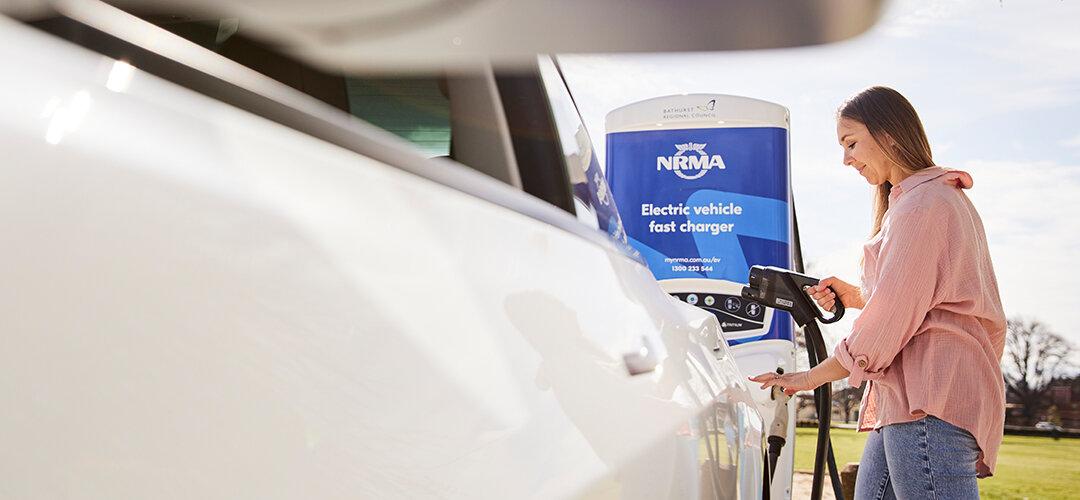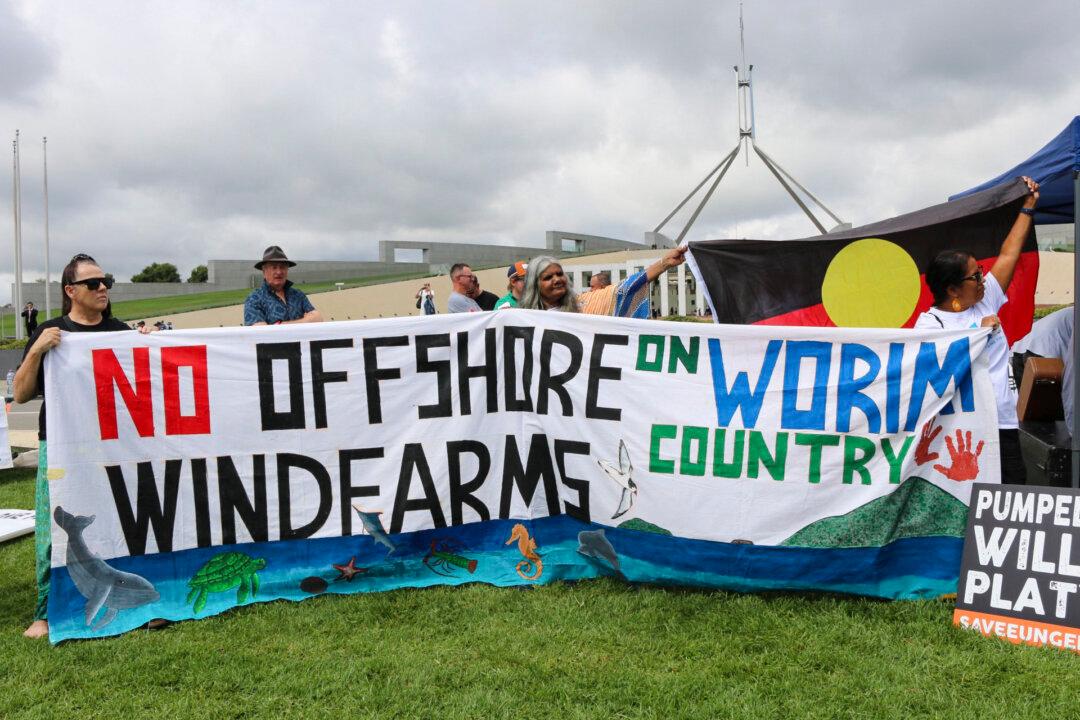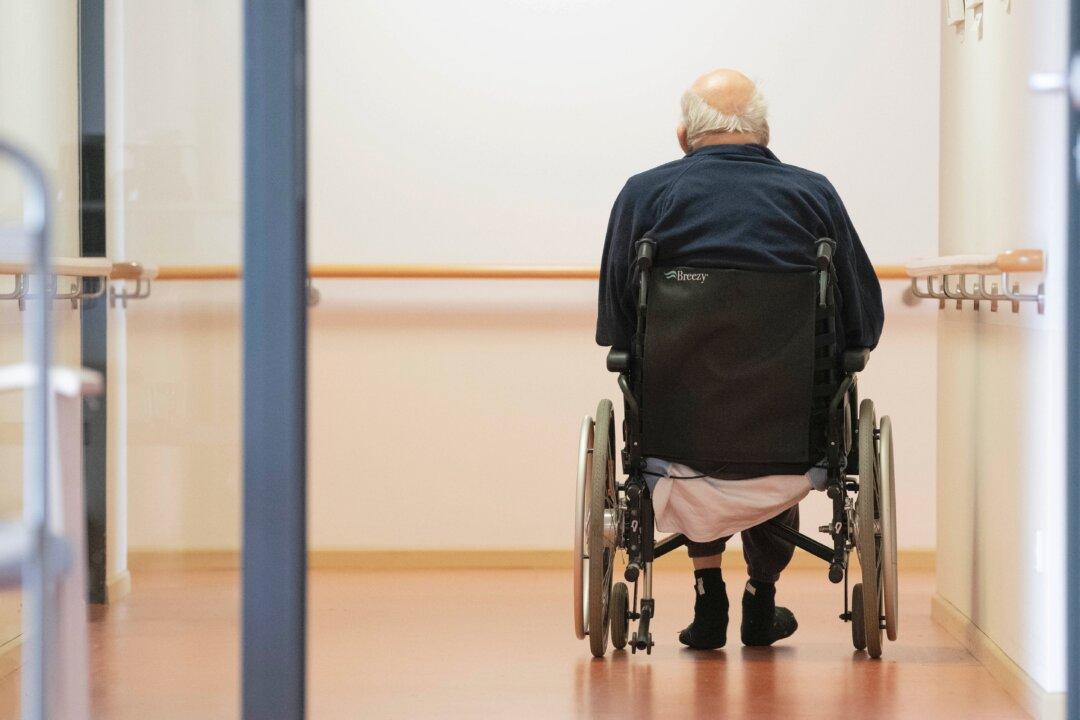Drivers now have to pay to charge their electric vehicles (EVs) at several National Roads and Motorists’ Association (NRMA) sites.
NRMA plans to start making motorists pay to fast-charge through the “My NRMA” app across the entire network starting between Sept. 27 through to the end of October.




